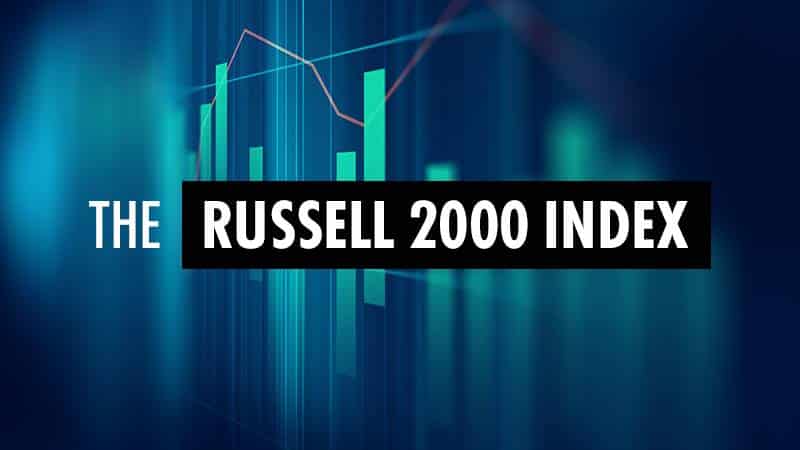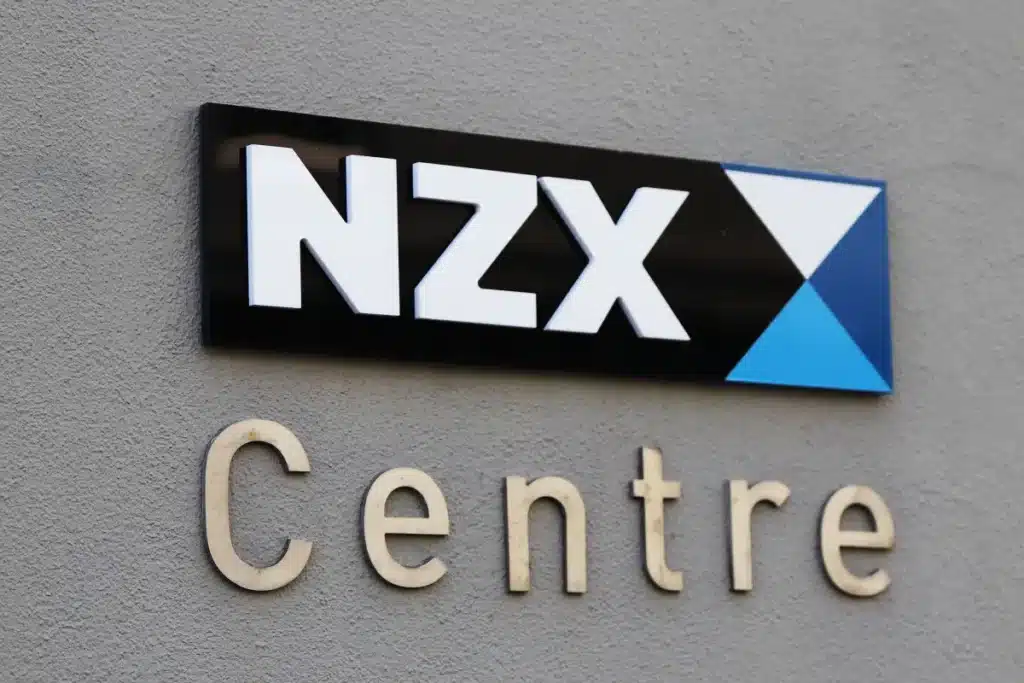U.S. Adds 139,000 Jobs in May as Hiring Cools
In a surprising turn of events, recent data shows that the United States added only 139,000 jobs in May, signaling a cooling in the pace of hiring that could have implications for the broader economy and fiscal policy. This deceleration is noteworthy as it contrasts with the robust recruitment trends observed in previous months.
The data suggests that the U.S. labor market, while still growing, is experiencing a slowdown. This change could be attributed to several factors, including businesses’ cautious approach to the uncertain economic backdrop, potential saturation in certain sectors, or even broader macroeconomic forces at play.
Impact on Economic Policy and Market Sentiments
The labor market serves as a critical indicator of economic health and directly impacts monetary policy decisions made by the Federal Reserve. The recent slowdown in hiring may influence the Fed’s approach to interest rates and its broader economic strategy.
In the context of slower job growth, the central bank might reevaluate the pace at which it plans to adjust interest rates. This could mean a more cautious approach to rate hikes, especially if the current hiring trend continues. Investors and market analysts are keenly watching for any signals from the Fed, particularly as changes in monetary policy can have widespread effects on everything from stock markets to mortgage rates.
Industry Reactions and Future Prospects
Business leaders and market analysts are now speculating about the potential causes and long-term implications of this hiring slowdown. In sectors where labor is still in high demand, wages may continue to rise as companies compete for a smaller pool of available talent. Conversely, industries experiencing a glut of workers might see a stabilization or even a decline in wages.
This uneven hiring landscape suggests that while some sectors may continue to thrive, others could face more significant challenges ahead. Companies in high-demand sectors may focus on strategic recruitment practices, while firms in slower-moving industries might pivot toward efficiency improvements or technology investments to maintain their competitive edge.
Navigating Uncertainty
For individuals, understanding these trends is vital for both personal financial planning and broader economic awareness. Those considering entering the job market or seeking to switch careers may find that different strategies are necessary in this evolving job landscape. Familiarizing oneself with industry-specific dynamics can provide a competitive edge.
In conclusion, while the addition of 139,000 jobs in May underscores ongoing growth, the cooling pace of hiring signals a complex and shifting labor market. Both policymakers and businesses will need to navigate these waters carefully to ensure sustained economic health and stability.
Today’s Top Analysis: Insights for Savvy Investors
In the ever-evolving world of stock trading, analysis and insight are crucial. Whether you’re a seasoned investor or just starting out, learning from experts can make a significant difference in your decisions. Below, we’ll delve into the top analyses of the day, explaining what they mean for the market and how you can apply them to your investment strategy.
Musk Vs. Trump: The Billionaire Cage Match No One Asked For
The first analysis **,** featured in today’s lineup, explores a headline-grabbing confrontation between two of the most influential figures in business and politics—Elon Musk and Donald Trump. While it may sound like a tabloid headline, the potential impacts of their interactions on the market could be profound. Both figures command significant attention and have the power to sway investor sentiment. What starts as a tweet or public statement could influence stock prices in sectors ranging from automotive to social media.
S&P 500, Nasdaq Breakouts at Risk While Semiconductors Lead the Charge
Another key analysis focuses on the major US indices, the S&P 500 and Nasdaq. While both have been showing strength, current market conditions put their breakouts at risk. However, the semiconductor sector continues to be a driving force. As technology continues to be a major component of modern life, demand for semiconductors remains robust. Investors looking to harness growth in this sector should keep an eye on indices as potential indicators of broader market health and volatility.
Retest of the 200-Day Moving Average Isn’t Bearish—Unless It Fails
This analysis dives into a technical term that even novice investors should be familiar with: the 200-day moving average. Essentially, it’s a rolling average of a stock’s closing prices over the past 200 days, smoothing out fluctuations to indicate longer-term trends. A healthy stock or index tends to stay above this line. If it dips below, it can be a bearish sign—unless, of course, it rebounds quickly. Understanding these technical indicators can help in timing investments and managing risk.
Why Is Dollar Tree’s Stock Gaining? Here’s the Key Takeaway
Rounding out today’s analysis is a look at Dollar Tree’s recent stock performance. Despite the challenging retail environment, Dollar Tree is gaining ground. The analysis suggests several factors behind this, including strategic business decisions, market positioning, and broader economic trends. As consumers increasingly seek value in uncertain economic times, companies like Dollar Tree are well-positioned to excel. This insight reminds investors of the potential in consumer goods and the importance of diversification.
Each of these analyses sheds light on different aspects of the market, from individual stocks to broader economic indicators. Notably, they highlight the importance of staying informed and adaptable. Markets can be unpredictable, and while no analysis is a guarantee, understanding these insights can help you make more informed decisions.
As always, approach each analysis with a critical mind. Utilize these skills and knowledge as part of a comprehensive investment strategy. Whether you’re considering buying stocks or developing a new approach to your portfolio, insights like these offer a valuable foundation for success.
Today’s Top News
Welcome to our deep dive into the key financial happenings shaping the market today. Here, we’ll explore some of the top headlines that are currently driving investor interest and what these events could mean for you as a budding or experienced investor.
U.S. Stocks Surge Higher
One of the day’s most significant headlines is the rise in U.S. stocks. This uptick comes on the heels of a cooling labor market, with 139,000 jobs added in May—a figure that suggests a slowdown in hiring. But why should this matter? Well, the labor market’s status directly influences the Federal Reserve’s decisions on interest rates. A cooling job market might lead the Fed to reconsider aggressive rate hikes, potentially leading to more favorable borrowing conditions for businesses and consumers alike, which in turn boosts stock prices.
Trump Aides and Their Scheduled Call with Musk
Another intriguing headline involves Trump aides scheduling a call with Elon Musk. Anytime these two influential figures intersect, it garners market attention. Speculation around Tesla’s stock often swells when there’s any significant development involving Elon Musk, especially when it’s politically tinged. Investors could see a rise in Tesla’s shares as the political landscape influences sectors reliant on legislation and innovation.
Broadcom Shares Dip Despite Strong Forecast
Here’s a lesson for investors: good news doesn’t always lead to positive market reactions. Broadcom’s shares fell even though the company issued an optimistic forecast fueled by a rise in AI-led chip demand. So, what’s going on here? Market psychology plays a significant role. Sometimes, investors may react negatively if they feel the good news was already “priced in” or if there are concerns elsewhere in the company or market. Staying vigilant to such dynamics can help in understanding your investment environment better.
Gold Prices on the Rise Amid Economic Uncertainty
Gold is often seen as a “safe haven” asset during times of economic uncertainty. With economic indicators being somewhat unstable, it’s natural to see a rise in gold prices, especially as the dollar weakens. For investors, adding gold into a diversified portfolio can be a measured strategy to safeguard against volatility in other market areas. If you’re considering diversification, assessing your timing and allocation in safe haven assets like gold could be worth exploring.
Dollar Edges Higher Ahead of Payrolls
The movement of foreign exchange rates always adds an intriguing layer to market dynamics. Ahead of payroll reports, the dollar edged higher while the euro reversed earlier gains. For those of you investing internationally or in Forex markets, these fluctuations are critical. They impact import and export businesses and can greatly affect the value of international stock investments.
To wrap up, today’s top news provides a microcosm of the broader market environment, characterized by fluctuating economic indicators, geopolitical considerations, and varied investor reactions. Whether you’re just stepping into the investing arena or looking to refine your strategies, keeping a finger on the pulse of such news is invaluable. Remember, investing isn’t just about identifying opportunities; it’s also about understanding the context and environment that shape those opportunities.
Stay informed, keep questioning, and continue to build your knowledge base—because informed decisions pave the way to a more secure financial future. Always remember to align each investment decision with your personal goals and risk tolerance to ensure that your portfolio remains robust, even amid the market’s inevitable ups and downs.








